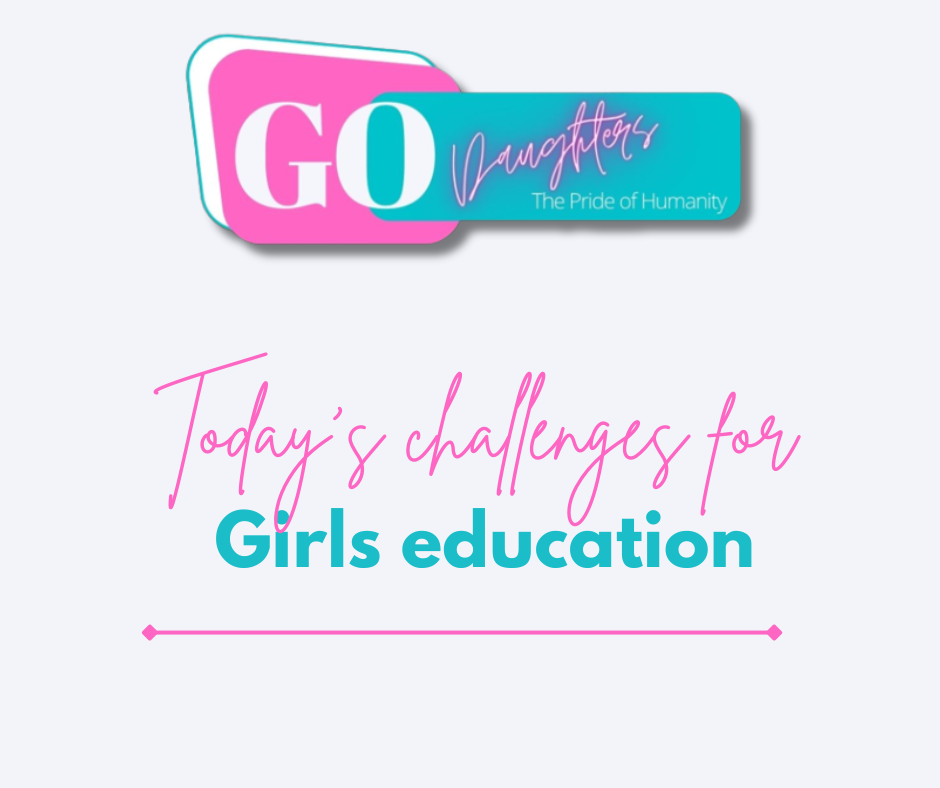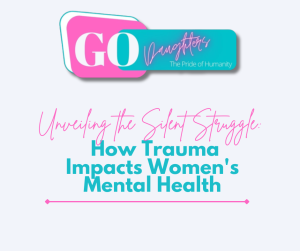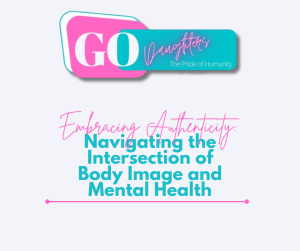
Despite significant progress over the years, there are still many challenges that hinder girls’ education globally. These challenges can be both structural and societal, and they vary depending on the region and country. Here are some of the most pressing challenges facing girls’ education today:
Access to Education: Many girls face significant barriers when it comes to accessing education, including poverty, distance to school, lack of transportation, and cultural norms that prioritize boys’ education over girls. In some regions, girls are also subject to discrimination and violence, making it unsafe for them to attend school.
Quality of Education: Even when girls are enrolled in school, they may not receive a quality education. This can be due to a lack of trained teachers, inadequate facilities, and outdated or irrelevant curricula. Girls may also face gender biases from teachers and fellow students, which can impact their ability to learn and succeed in school.
Adolescent Pregnancy and Marriage: Adolescent pregnancy and early marriage remain significant challenges for girls’ education. When girls become pregnant or get married at a young age, they are often forced to drop out of school, limiting their opportunities for the future.
Technology and Digital Divide: With the increasing role of technology in education, girls who lack access to technology and the internet are at a disadvantage. The digital divide affects girls in rural areas and low-income communities the most, limiting their ability to access online learning resources and participate in remote learning during the pandemic.
COVID-19 Pandemic: The COVID-19 pandemic has had a profound impact on girls’ education globally. School closures and disruptions have led to learning loss and widened existing inequalities, with girls being disproportionately affected. Girls have been more likely to drop out of school or not return once schools reopen, with many facing increased household responsibilities and economic hardships.
Addressing these challenges requires a concerted effort from governments, civil society, and international organizations. Investing in girls’ education is not only a moral imperative but also an economic one. Educated girls are more likely to earn higher incomes, have better health outcomes, and contribute to their communities’ social and economic development.




